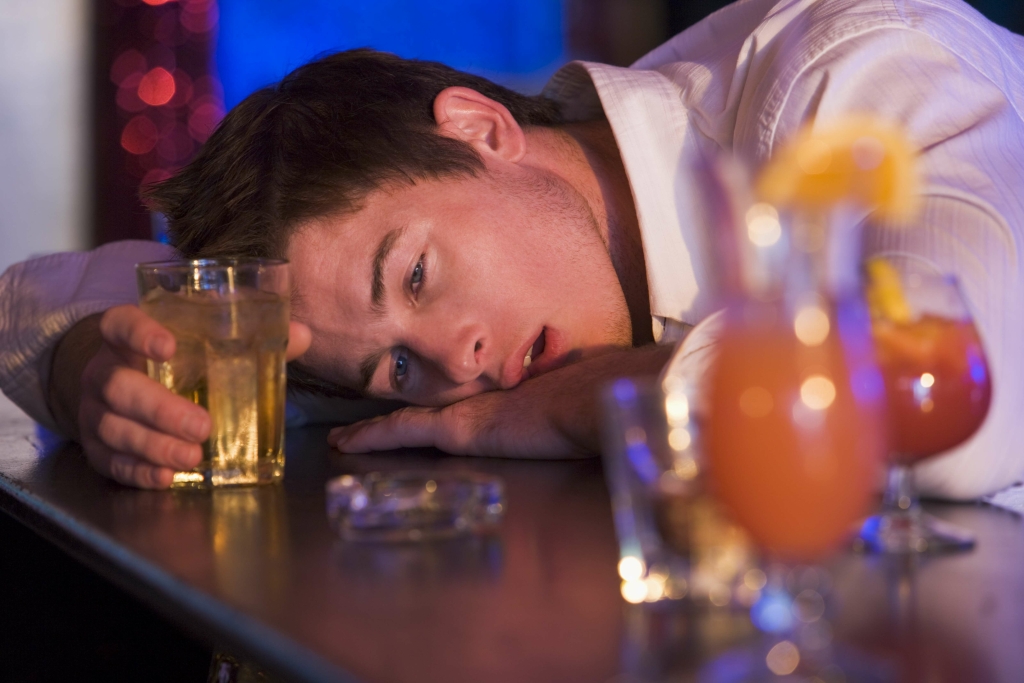
Content
The safest way to alleviate opioid withdrawal symptoms is through medically supervised treatment that generally includes medicines, counseling, and support. Some medications used to relieve withdrawal symptoms are methadone and buprenorphine (Subutex). These medications can also be used as long-term maintenance medicine for opioid dependence. In addition, a medication called clonidine can be used during withdrawal to help reduce anxiety, agitation, muscle aches, sweating, runny nose, and cramping. The addiction medicine physician may also prescribe medication to treat vomiting and diarrhea and help with insomnia.

To learn more about our drug rehab programs, send us a message through our contact page today. The association is a nonprofit professional membership group of addiction treatment providers, including treatment sober house centers. Because these drugs can be abused, people who have legally prescribed medications for opioid addiction must obtain them from specialized clinics and take the drugs under a doctor’s strict supervision.
Why do they need to be administered by professionals?
Increasingly, treatment programs are also preparing patients for the possibility of
relapse and helping them understand and avoid dangerous “triggers” of resumed
drinking or drug use. It’s important to turn to healthy coping mechanisms during these times of change, such as exercising, meditating or learning a new hobby. Consider seeing a mental health professional if you’re having issues managing your stress. Instead, healthcare providers rely on a thorough evaluation of your medical history and behaviors surrounding substance use. They may order drug tests and evaluate prescription drug monitoring program reports. In the past, healthcare providers, organizations and members of the public often used the terms “addiction/addict,” “abuse/abuser” and “dependence” when referring to substance use.
Can you recover from opiod addiction?
In fact, millions of Americans suffer from opioid addiction. As with most other chronic diseases, addiction is treatable. If you or someone you know is struggling, treatment is available. While no single treatment method is right for everyone, recovery is possible, and help is available for opioid addiction.
Because addiction is often heavily intertwined with perceived hardships, finding a counselor is an important part of breaking this cycle. Meeting with a counselor can provide your loved one with the tools they need to establish healthy coping mechanisms for the difficulties they face, creating alternatives to their substance abuse patterns. Drug abuse is commonly a symptom of undiagnosed mental illness, so the right counselor can also offer referrals to appropriate mental health services if this is suspected. When choosing a counselor, it’s important that they specialize in addiction recovery so they understand the nuanced approach needed. It’s also critical to find someone your loved one can connect with to encourage their active participation.
What Is the Average Length of Stay in Drug Rehab?
Anticonvulsants like gabapentin can be used during detox, as well as low-dose Topamax for alcohol cravings, anxiety, and depression. Addiction is a chronic, lifelong condition that can completely disrupt a person’s life. While it is possible to treat addiction and maintain lifelong sobriety, achieving initial sobriety without outside help and intervention from medical professionals is extremely difficult, and also lessens a person’s chances of success.
- Cognitive-behavioral strategies, the improvement of self-efficacy, self-control
training, and cue exposure and extinction have all been used as components of
relapse prevention. - Attendance may vary from daily
to much less frequent, with more intensive involvement available whenever the
recovering person feels this need. - These
special programs are found in the public and private sectors and include both
residential and ambulatory care settings using therapeutic community, Minnesota
model, outpatient drug-free, and methadone maintenance approaches. - Involuntary commitment to addiction treatment is a complicated process.
Adolescents are especially at risk for developing SUD due to exposure. Adolescents who start using substances early are more likely to develop an SUD. About 70% percent of people who began using at age 13 have an SUD compared to 27% who started at age 17.
Prevent Overdose
Substances — such as alcohol, stimulants and opioids — affect your brain, including your decision-making ability. These changes make it hard to stop taking the substance, even if you want to. If you or a loved one has substance use disorder, talk to a healthcare provider as soon as possible. Opioid use disorder (OUD) means that you have a problematic pattern of using opioids.
It is not easy to live with someone who is using mind-altering substances. Taking steps to begin treatment and recovery can be a painful process. However, it is the only path that holds promise for something better. As long as family members deny that there is a problem, the problem will progress along with suffering. In the event of an opioid overdose (including heroin and prescribed pain medications), naloxone can reverse an overdose and save a life. In an opioid overdose, a medicine called naloxone can be given by emergency responders, or in some states, by anyone who witnesses an overdose.

